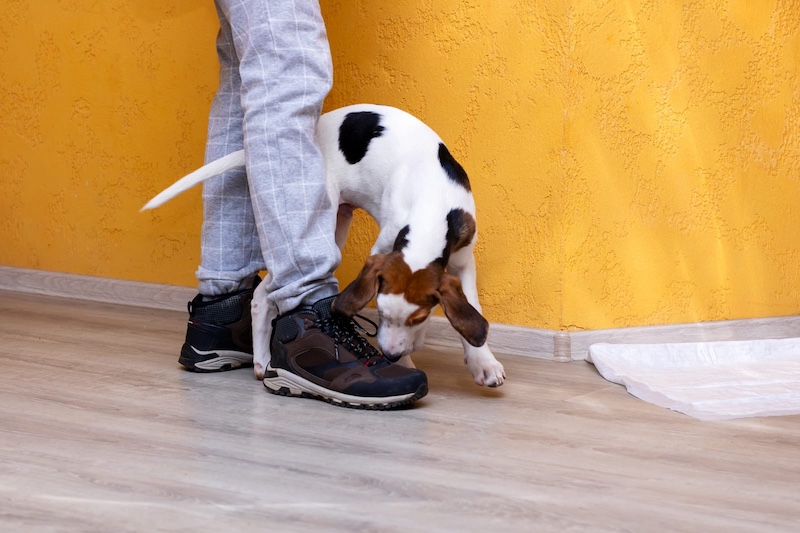Dogs have an incredibly powerful sense of smell—up to 100,000 times stronger than ours. While this helps them explore the world, it also leads them to sniff some truly disgusting things. Here are 10 gross favorites and the surprising reasons behind them.
Other Dogs’ Butts
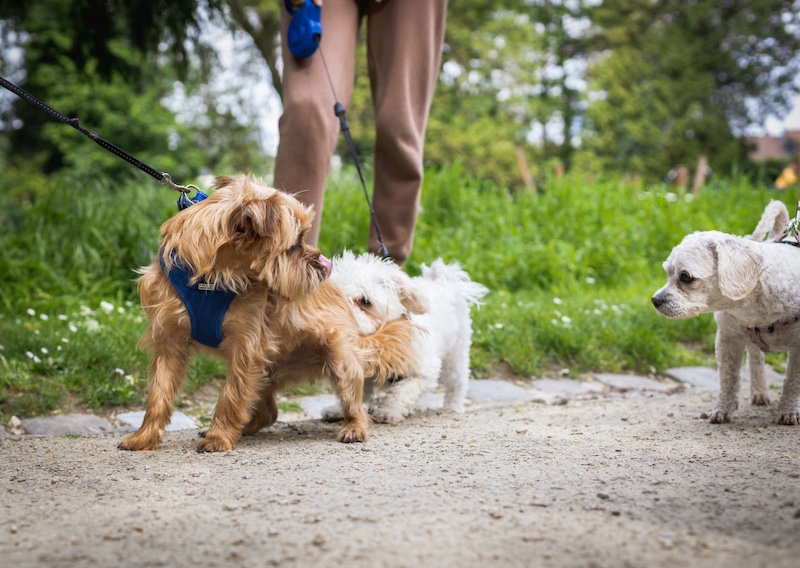
Sniffing another dog’s rear is a normal canine greeting. Anal glands produce unique scents that tell dogs everything from the other pup’s age and sex to their health and emotional state. It’s a full bio in a single sniff—and perfectly polite in the dog world.
Trash Cans
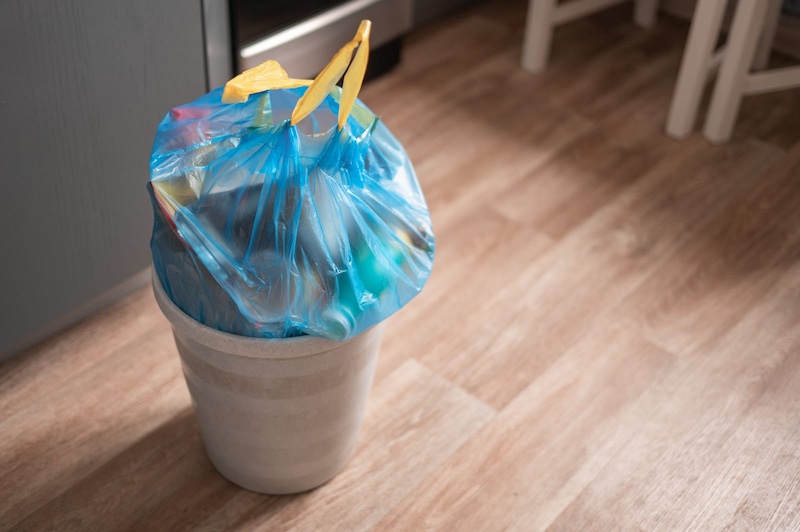
Dogs are natural scavengers, so the rich mixture of food scraps, wrappers, and rotting waste in a trash can is irresistible. These smells mimic potential food sources in the wild, which triggers their instincts—even if it smells disgusting to us.
Dead Animals
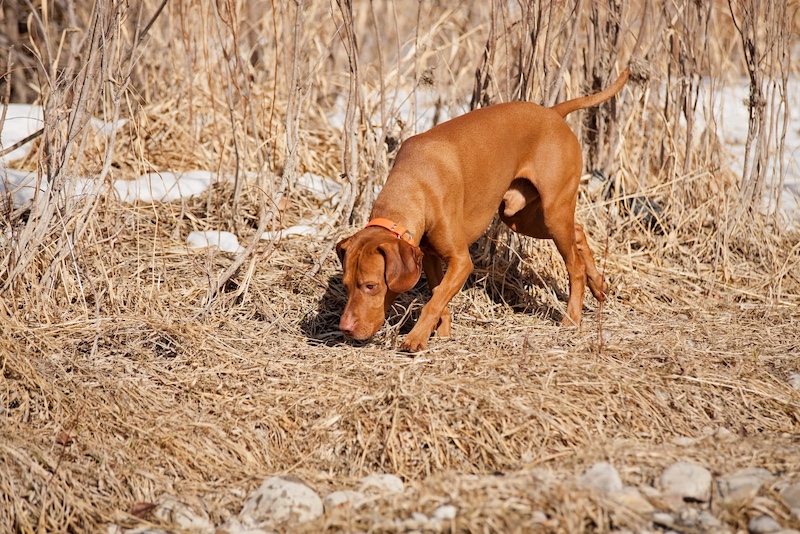
Decomposing animals emit powerful odors that fascinate dogs. These scents signal a possible food source or mark an area frequented by other creatures. Dogs may sniff—or even roll in—dead animals as a way to explore or disguise their own scent.
Feces (Including Their Own)
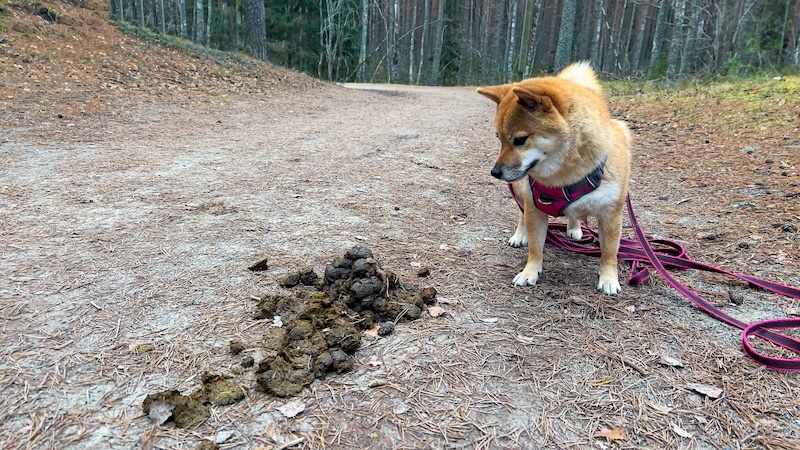
Poop offers dogs a wealth of information about other animals’ diets, health, and presence. While repulsive to humans, it’s like a detailed scent message to dogs. Some even roll in feces to camouflage their scent or investigate something unfamiliar.
Dirty Laundry
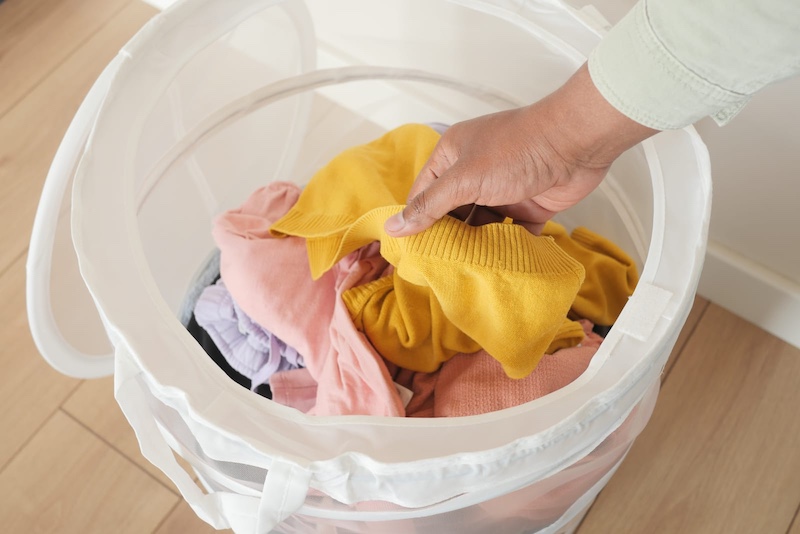
Sweaty socks and used underwear might seem gross, but to your dog, they’re saturated with your scent. This makes laundry piles a comforting, familiar place. Dogs often sniff (or steal) dirty clothes to feel close to their favorite human.
Used Tissues

Used tissues carry saliva, mucus, and human scent—three things dogs find intriguing. They’re also soft and easily shredded, which adds a fun tactile element. Unfortunately, the combination of smell and texture makes tissues a favorite target for sniffing and chewing.
Urine Spots
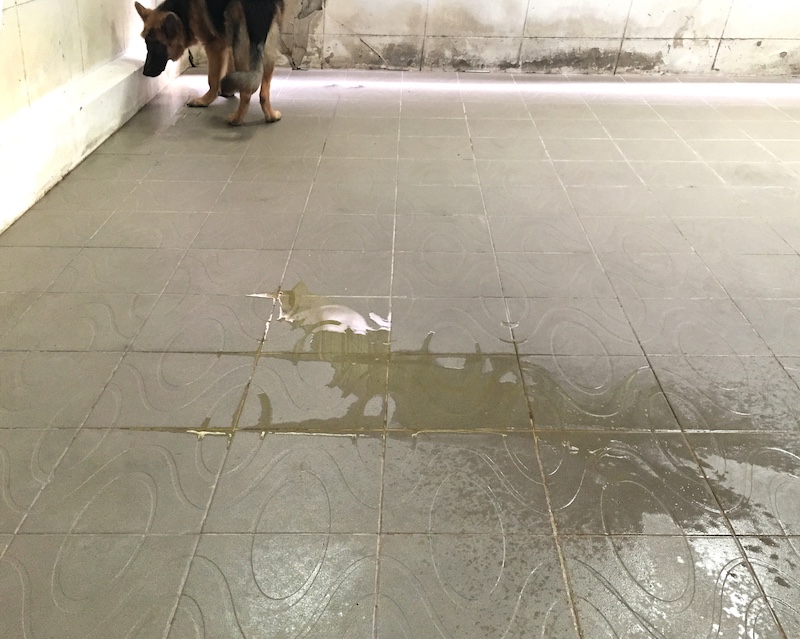
Urine tells dogs a lot: who was there, their sex, health, and whether they’ve marked territory. It’s a vital part of dog communication. Sniffing pee spots on walks helps dogs track local canine activity and even decide where to leave their own mark.
Mud and Puddles
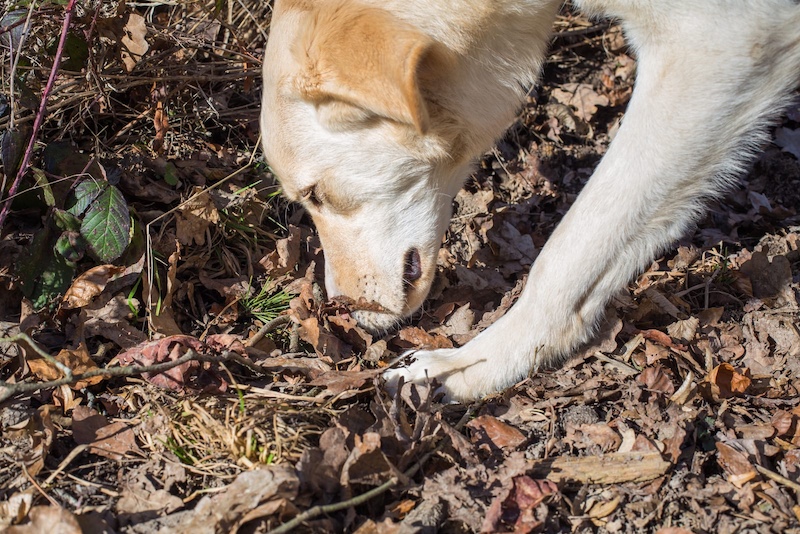
Stagnant puddles and muddy patches are full of earthy smells, bacteria, and traces of wildlife. Dogs love sniffing these areas to investigate recent activity or changes in their environment. Muddy ground often carries the scent of other animals, too—like raccoons or squirrels.
Vomit
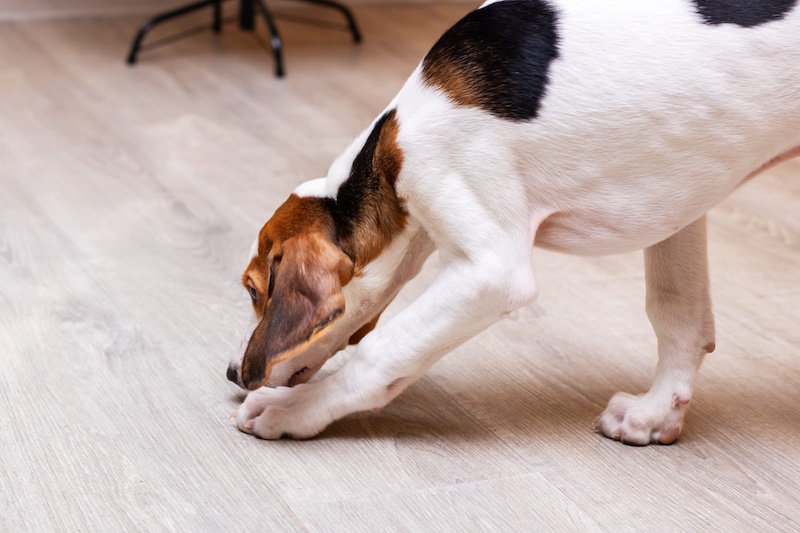
Vomit is loaded with strong, sour odors and partially digested food, which dogs often find fascinating. In the wild, regurgitated food could signal a shared meal. Domestic dogs still carry that instinct, leading them to investigate—and sometimes consume—this gross discovery.
Animal Droppings (Like Rabbit or Deer Pellets)
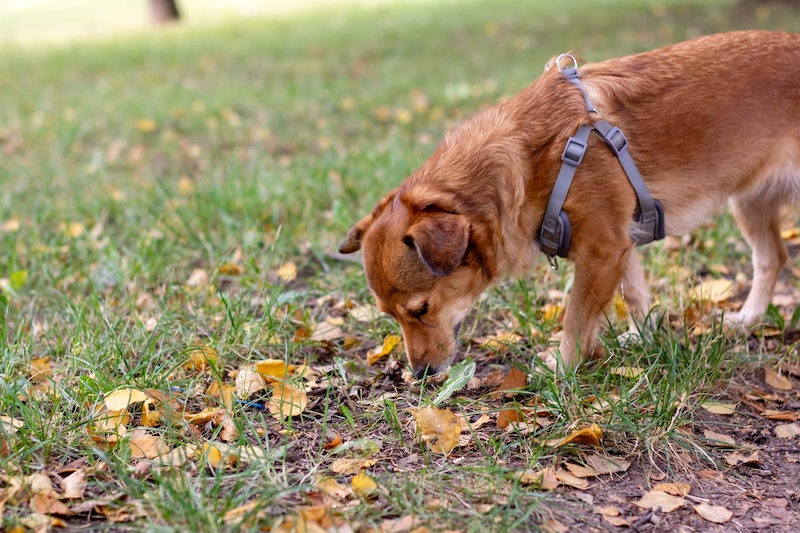
Wild animal droppings present a buffet of new scents for dogs. These smells give insight into what other creatures have been nearby. Some dogs even enjoy the taste, unfortunately, due to instinctual scavenging behavior passed down from their wild ancestors.
- Please Note: This content was created with the assistance of AI and thoroughly edited by a human before publishing.

